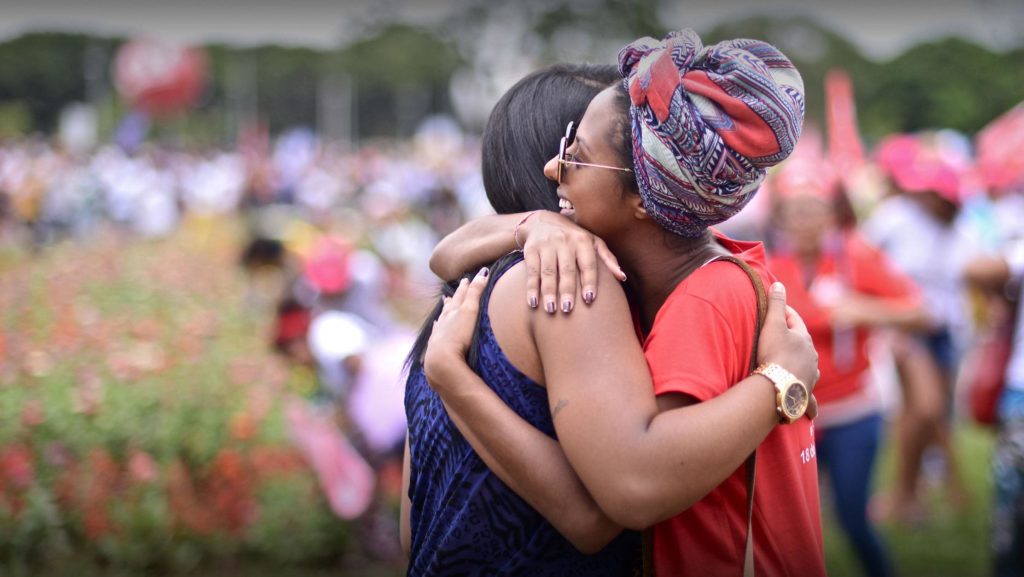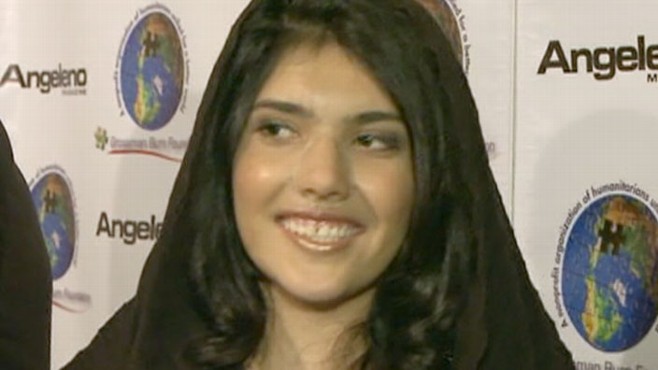
In many ways, Half the Sky has occupied much of the consciousness of what can loosely be defined as the newest “generation” of Western feminists. It is assigned routinely in college classrooms. While it has stimulated students in the U.S. to think about women’s issues at a global level, it does so at the expense of feminisms that have, over the past few decades, attempted to recognize and correct abuses of privilege by Westerners conducted in the name of “third world women”.
Looking at the bestseller from the vantage point of a young feminist, one passage captures much of what is problematic about Half the Sky. Discussing ways that readers could get involved, the authors warn, “American feminism must become less parochial, so that it is every bit as concerned with sex slavery in Asia as with Title IX in Illinois… Likewise, Americans of faith should try as hard to save the lives of African women as the lives of unborn fetuses.”
Somehow discussing the obstacles faced by women globally without any mention of colonialism, past or present, Kristof and WuDunn systematically dichotomize the West and “the rest” through such passages.
First, the passage reduces American feminism to an issue that barely begins to shed light on various forms of oppression in many women’s lives today – forms of oppression that are gendered, and also defined by race, class, able-bodiedness, and so forth.
Second, the passage relieves the reader of undertaking any immediate action by creating distance between her (and her apparently post-feminist American existence) and the issues at hand.
Third, Kristof and WuDunn fail to emphasize the importance of Westerners acting as facilitators or supporters of actions led by women at the grassroots themselves. By stepping in, and effectively stepping on local women, to create their own initiatives, the chance for cross-border solidarity is destroyed. This dichotomy reprises the historical legacies of colonial calls to action revolving around purportedly irreconcilable differences between “civilizer” and “uncivilized.”
The passage also argues for a space in global feminism for people who believe that the lives of unborn fetuses are equivalent to those of African women. According to the Guttmacher Institute, out of the 5.6 million abortions carried out in Africa in 2003, only 100,000 were performed under safe conditions, a direct result of the fact that 92% of female-bodied people of childbearing age in Africa live in countries that have restrictive abortion laws. The World Health Organization estimates that 1 in 7 maternal deaths in Africa are caused by unsafe abortions. Including anti-choice politics in a book that spends two full chapters on the gravity of maternal mortality seems contradictory, given the statistics. More to the point, it stymies any productive discussion on the struggle for control over women’s bodies and bodily agency as part of all issues examined in Half the Sky.
Throughout Half the Sky, Kristof and WuDunn refuse to acknowledge any relationships among capitalism, colonial and postcolonial globalized economies, and gendered inequality. For example, at one point they argue, “The factories prefer young women, perhaps because they’re more docile and perhaps because their small fingers are more nimble for assembly or sewing. So the rise of manufacturing has generally raised the opportunities and the status of women. The implication is that instead of denouncing sweatshops, we in the west should be encouraging manufacturing in poor countries, particularly in Africa and the Muslim world.”
Half the Sky argues that sexism is to be found only in far-removed places, that the noble effort of combating sexism in these far-removed places is available to everyone and requires no critical self-analysis or questioning of one’s understanding of women as they exist in their own locality or politics, and that by replacing one kind of oppression with one that benefits industrialized countries, sexism has somehow been defeated.
This cannot become the dominant narrative for young feminists.
And yet it is.
Half the Sky has succeeded in garnering attention towards women’s issues, but its strategies are limiting and ultimately dangerous. How do we retain the momentum and critically, and politically, address the problems?
There must be a way to gain support for feminism that doesn’t rely on easily “marketable” ideas. For now, Half the Sky is the platform we have. We must surround it with other conversations, discussions that press global feminist activists to take responsibility for our actions, including our mistakes. That would be a first step.

